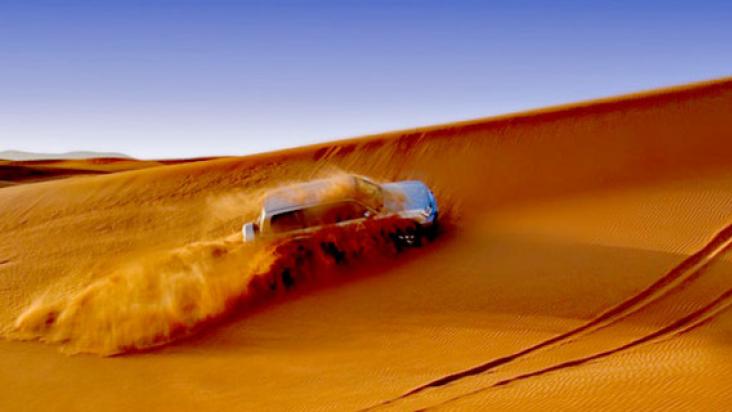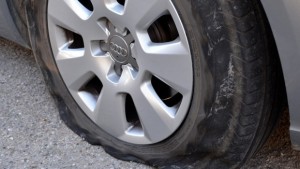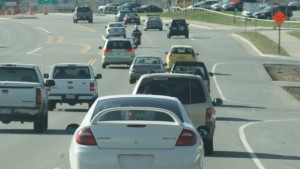The desert is considered home for so many people. How to drive in the desert? ًWhat to expect? How to face any driving obstacle? Read the answer to all these questions in the below tips and tricks for riding in the dune bashes in the desert.
1. Counter Steering:
Each vehicle has a limit to recover from during a drift, so you need to know what is your car’s limit. You will also need to avoid a roll over when you are driving in a loose surface or wet conditions.
2.Wheels on hard surface:
You need to keep your wheels on hard surfaces instead of the soft ones, this will maximize control over your 4WD. Furthermore, place your wheels astride of hollows and ruts and in the road.
3. Watch out from having a slippery car:
Usually the car slips because of potholes, corrugations or ruts, this will cause the car to drive in a harmonic motion leading oversteering and heading off the road. In order to deal with this isuue you need to decelerate to gain control, do not even think of braking the car as this will make things worse and might even cause a loss of control.
4.Do Not power through water on the road:
When you speed in floodways or hollows or in floodways, this will force water up in the underside and engine compartment of the car,.
5. Stay Away from another car’s dust plume:
Doing this will keep the air intake cleaner as dust will not go inside and maximizes your visual ability on the road instead of bumping into another vehicle because you couldn’t see it.
6. Always drive straight up and down:
This is the rule when you drive in the dunes, no sideway trajectory. The reason is that it will increase the vehicle’s stability as there will be a lower center of gravity giving you more control and eliminate the danger of shifting sand.
7. Stay away from harmonic bumps
These usually form the base of the dunes, when vehicles revers they form these dunes which are pushed into humps. When hitting harmonic bumps at speed can make your vehicle shake violently, compromising suspension and creating an all-round unpleasant experience.
8. Reduce your speed when you reach the top of the dune:
Doing this will give your 4 wheel drive more momentum over the crest, and protects you over some hazards such as becoming airborne or powering into fragile vegetation as well as humps and hollows beyond the crest.
9. Tyre pressures must be adjusted according to conditions:
Putting the correct air in your tyres gives you a better control over your vehicle, and even higher stability. furthermore, it leaves less impact on the terrain you are driving on. keep in mind that soft dunes require the lowest pressure.



